In the weeks leading up to Christmas, I was presented with an opportunity to do something I have wanted to do for some time. As a father of a child with high functioning autism, I saw D&D as being something that might help with learning a few things, especially social interactions. But in a safe, and fun place to do it. I have wanted to do it at my boys school, but things got in the way often. And in an effort to make a social group for kids to get together, my wife asked a simple question, in a group reserved for our local area, with family members on the spectrum (ASD): “Would you be interested in social groups, playing D&D?”. The response was … overwhelming! So much so, that we had enough people interested to run 4 games, and that was in the first couple of days.
Since then, we have had two sessions, with two totally different groups of kids. This article is a rundown of the goals of the sessions, and the subsequent lessons learned, and some things that others might find helpful firstly not just with being a DM, but especially for kids, be they on the spectrum or not. Then I will also address the ASD specific lessons that I learned; I know there are a few people out there interested in it, so hopefully my experience might help in some way as well.
I am NOT using real names for this; I am making up names to keep them confidential and private.
The Premise
The goal of the sessions was to give the kids, and more mature players, a safe place to learn social skills (taking turns, sharing, communicating together, team work, etc.), as well as helping with Maths and English etc. The aim was to provide a safe fun place where the kids could be kids, have some fun, try and do some cool and funny things and then hopefully gain some insight into emotional visual and auditory queues, and just as importantly; make some friends(!). The first session was a couple of weeks out from Christmas, so I decided not to make it a themed one, rather I had had this idea for a side quest or small one shot game, where a town was under attack. As two dragons sewed havoc and strife everywhere they went. A young Copper Dragon and a Faerie Dragon have started a prank contest, to see whose prank will make the townsfolk the angriest.
I went all slapstick with this, things like:
- boot laces tied together
- clothes of every person in town shift 3′ left
- people wake up one morning to find all the left shoes in the entire town have vanished
- the players walk around corners and have cream pies aimed at their face
- whoopee cushions appear on every chair in town as the person goes to sit on them
The idea was to have a fun game of silliness. The town had had one building turned into what looked like a house with giant bunny ears, a bunny nose with whiskers, and the front door was the rabbit’s front teeth. Another building was weird colors. They had clues, and they even went in the right path … for about 1 minute. Then it got harsh, as the murder hobos lurking inside their 11 and 12 year old hearts were released with full fury and wrath.
The Results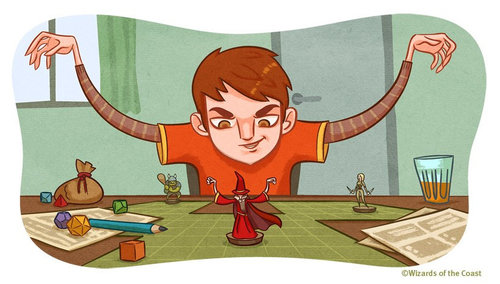
The first session was a story based on practical jokes. The idea being a group of 10 to 14 year old kids; combat should be the minimum thing, and light fun should be the thing. I forgot what I was like when I first started, not when I started seriously. I forgot what it was like to be a DM to a hive mind of pre-teen shenanigans. So; guess what happened? Well, we had mayhem.
One of the jokes played was an animated set of ears, whiskers, nose and teeth (as the front door) of a rabbit on a house. I should note here, this was a village of family friends (as is the second session (see below)), and I had barely finished talking when one was off to attack the rabbit house, and started shooting at it, another tried to break into a shop and ransack the place, another tried to kill the shop keeper, and it got worse from there. Another PC tried to set fire to the houses, a third went and tried to attack the people in the local shop…and that was in the second minute. It got worse from there.
Of the kids there, one (whom I shall name as Tim), was obsessed with Harry Potter, and while not very functional independently, he did manage to keep on track. When I say he was very single track on Potterverse; when he grabbed his character (an elf wizard) all his magic was in the Harry Potter style, and he made them up as he went. I DM these sessions with the rule of cool being very important, and the rule guide books we have are there if I want to have something to ignore. So I went with it. No matter what he was trying to do, he would do his thing. Tim (I think / hope) seemed to have a good time, and I was told by his carer how happy he seemed. Most of the other kids would be much like my boy in the level of ASD. In the old days it would be high functioning Asperger’s Syndrome. Tim was more of what people think of when they think of someone on the spectrum.
The second session was a different group of young kids again on the spectrum. Same thing. Blood thirsty lot these kids. This story however was a different one. Being Christmas Eve I made this one a Christmas themed adventure. The kids are playing a group of just finished school kids returning home for holidays. The village they are in is their home town, and the Christmas tradition is to have the kids place a gold coin in the old oak tree, and Pelor would exchange them for gifts for the good kids. However; when they awoke in the morning, everyone, and all the presents were gone. The whole place was empty. Some footprints and a found gift give the players where to go to have a look for their family (note here FAMILY) and friends. They found them, then because of some vague excuse, the tried to burn the village down, after robbing everyone. There was nobody to kill, so they started after the goblins in the hope of finding the villagers (their FAMILIES!) and KILL THEM ALL!
I am NOT making this up.
This session we had another group very similar in makeup as the first one, most of the kids would have been high functioning Asperger’s Syndrome. Again, with one exception. This time was the kind of kid on the spectrum I really hoped would get something out of this social club. This time Andrew (as I will call him) was another older kid but functionally a little later in development. Something I have been told that other on the spectrum may indicate is being very shy and withdrawn. They speak quietly, the shrug a lot. Kind of like an “Emo”, without the makeup and drama. They are just (like Andrew) very shy and so hesitant to take part in things. We’ll discuss Andrew in the Lessons Learned (below) specifically; actually both Andrew and Tim will have a focus in the next section.
How it is that the second group wanted to do the same thing to the next module, as the first group did with the first module; set me up to think back over the two sessions and reflect on what happened, some of the elements form this article.
Lessons Learned
Lesson 1 – Rule of Cool and Going with the Flow
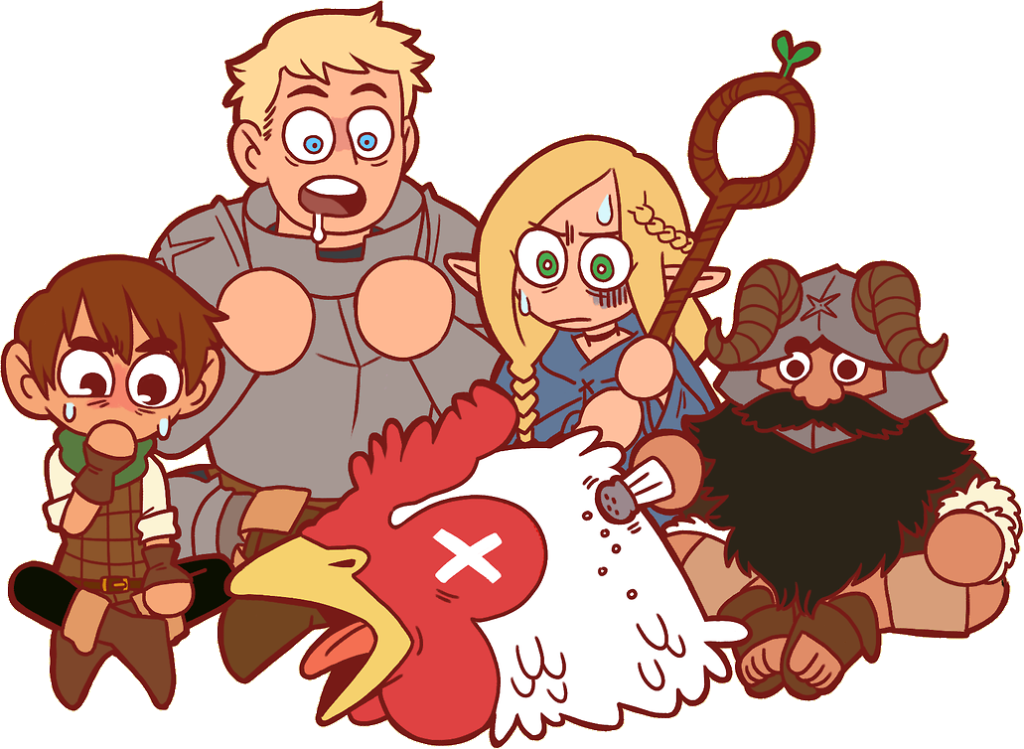 When Tim was making his spells in the vernacular of Harry Potter, I was the first time (I will admit) a little taken back by it. I was not expecting that. I mean Tim wanted to play an Alien, so I gave him an elf and said they were like Spock. He was a Wizard, so could cast spells, and had a wand. Was all he needed. When he was casting his spells, he would tell me the name of the spell (“Rockius Thowius”), he would then tell me what he was doing, and I went with it. I have done this kind of thing before (though not this specific), where I needed to be flexible to allow for the game to just keep moving.
When Tim was making his spells in the vernacular of Harry Potter, I was the first time (I will admit) a little taken back by it. I was not expecting that. I mean Tim wanted to play an Alien, so I gave him an elf and said they were like Spock. He was a Wizard, so could cast spells, and had a wand. Was all he needed. When he was casting his spells, he would tell me the name of the spell (“Rockius Thowius”), he would then tell me what he was doing, and I went with it. I have done this kind of thing before (though not this specific), where I needed to be flexible to allow for the game to just keep moving.
With the rule of cool VERY prominent in my mind, it was very easy to just have his spell be what he wanted to have happen, as he said it. Mostly it had little to no effect on the events as they were occurring. However; being flexible enough to manage to stay on the ball can be hard, and I (again, being honest) missed this in the first spell, and had him repeat it to me. I was fine after that, but it was a curve ball. Tim was the only player (so far) that has been like this, but it is (for you dear reader) something to keep in mind, with ANY kid on or off the spectrum, on how to just go with it. Tim was into it. He had concentration, and listening problems his carer helped with, and in the end; I think she played more than Tim did. She loved it too, and Tim stayed on track with only a little bit of guidance, and once he had a plan, he was on it like white on rice.
Take Aways: With kids, the rules don’t have the same importance as suspension of disbelief; the ability to ignore individual elements and accept the whole of something as it is presented.
Lesson 2 – It won’t End How You Expect It Will
Designing the modules for these two sessions while not difficult, was still some level of work. As a DM you gain a bit of an understanding how players will react to a situation, based on their experience as a player and as the PC can allow. None of that applies to kids, especially those on the spectrum. I should note too, I have DM’d for kids, both on and off the spectrum in the past, this was not the first time I have done it. Though it is the first time that I have done it specifically for kids and those on the spectrum. So one of the things I learned about 15 minutes into the first session: not only will players NOT do what you want of them for the game, they will [usually] start being maniacal hobo murdering rage bunnies. While a few kids might do well, so far the majority has been to go after, hunt and destroy anything in the game anywhere near them. Or steal it.
I was about half way through the session when a light bulb went off above my head and I made a weird clicking noise. When I was that age, and when I was in my late teens DMing at my most earnest level, I had run games for kids this age. And earlier when I was starting out and learning the game, I then too was just as “kill ’em all let the gods sort ’em out!”. We were all like that. So are these kids. But it HAS been a while, so it was a shock to have it suddenly there all up in front of me like that. As a lot of these kids are also starting out for the first time playing ANY kind of RPG let alone D&D, so the freedom is always going to be enticing. Also; the dark side has cookies …
Take Aways: Don’t set expectations on what will happen, set the stage, set the PCs in it, sit back and go back to Lesson 1 (above).
Lesson 3 – Boundaries, But Not Personal Ones
You needs them. There is no better evidence that needs to be presented than the actions of these 12 mini death machines. I will follow up with an update on how that goes, but the next session will have boundaries for the players. Specifically that they are the GOOD guys, and that they are there to be the heroes, not hunted down for mass murder. I think that is the main thing, that they are NOT the ones to be stopped by the authorities, but maybe thanked by them.
The other boundary I need to look at is the length of the sessions. We have tried running them for 3 to 4 hours, however we have noticed that about 2 hours into the session, interest and concentration started to fade. So games will be from 2 to 2.5 hours (during the holidays) in length, and after the holidays depending upon where we will be able to get access to.
Take Aways: Boundaries stop the innocent from dying, boundaries keep us all safe.
Lesson 4 – Calm Reassuring Persistence – The Key To Good Communication
Let’s talk about Andrew. Andrew is the young man from my second group, who has a very quiet nature and is very shy and reserved (referred to as “Selective Mutism”). Andrew was a very softly spoken young man, who (thankfully) sat close to me, but with clearly an active imagination. Andrew is both my proudest player (for as far as I am concerned) and my saddest. Saddest is because something was not good for him playing D&D, his experience was marred. However from his carer’s perspective on the day, and what I saw; Andrew started opening up after gentle but clear and firm questions pointed directly at him.
The reason I say he is my proudest player, was how he opened up during the game. About half way into the session, after some of the others have started going nuts, young Andrew was still sitting back. One thing I have done before, but never really did it on a conscious level prior to these game, was use the player’s name. I found it very useful to get people to focus is to say their name, then ask them while looking at the player. Look them in the eyes, but keep your expression calm, and your voice, and wait for them to reply, and if you need, restate the question, maybe slightly differently and wait. Keep going till you get a response, or feel that you won’t get one. At THAT point, make a suggestion, that seems logical that the character might do) and suggest it. Other things too are to say things like your group has in their gear everything they need, get them team working while trying to get the player you are talking to, to look at options in their gear. In noisy groups or those where players sometimes get distracted, it allows you to focus the table pretty quickly, especially the player in question. Patience. Calm, reassuring, understanding and patience.
This became almost a requirement with each player in these sessions, but especially with Andrew. Andrew needed to be 100% directly spoken to, but not in an over bearing way. I will try and explain, and see how I go. The first part of this is the keep my voice low, and gentle. This is just a way to not have the player feel like they are being drilled with questions. As the DM you need the players calm and with it. Loud noises and shouting can cause the person on the spectrum to have shut downs mentally, and talking directly at someone can often be intimidating if they are not used to it, or have not had good experiences in the past, or for any reason. The next part was (for me) the hardest part to do; saying their name at the start of every question to each player. I know it sounds strange, it reads strange as I type it.
The second part, is the tools I had to aid me. I had things to aid me in getting through this, some as tools, some more as props. Firstly we had a Turn Order setup, so the players could follow that, as did I. But we used it for everything. This meant that the turn order was the same both in AND out of combat. This gave me the first useful tool in the box. It allowed a structured order of who goes next, constantly. This made it simple for the players to keep track of who was next to do something. In both sessions so far, I never really had much of an issue with order of turns.
Talking with Andrew, as we played, I would go over the options, give him a second to think about it, and then ask him what he thought would be the most fun. Half way through the session that became easier, and his voice grew louder. This was the bit that made me proud of him. It was because (especially) near the end of the session he opened up like a champ. I could use some elegant imagery to show how it feels to look at it from the outside like a flower blooming, but it was more his inner shine came out. Near the end, I only had to ask him, and he already had a response for me, I could hear him clearly, his eyes were shining and open. He was smiling while we played at the session end.
Take Aways: Staying calm, non threatening, clearly spoken and direct is the key to getting involvement and communication from the players.
Lesson 5 – Inclusion
Let’s face it, it’s one of those things that makes D&D both a great game, and a great tool, and also one of the hardest things to manage. Even in games with “neurotypical” players, getting them to work together is a struggle. But when they DO co-operate; holy cow can it be impressive. One thing that a lot of people say is difficult for ASD people is the making of connections. At the D&D table, kids that had never talked to each, didn’t know the other(s) even existed. And within minutes, they were teaming up, and doing things in small groups. Not the big ONE group, but as small groups doing their own thing, they worked together really well.
The easiest, and one of the best things about D&D for ASD people is that it promotes that team work, of different people with different skill sets working together to operate as something bigger. Yet these kids, with little prompting, or encouragement, just formed little packs and went roaming together. While the intent may not have been good, the teamwork and communication between the players was awesome to behold.
In setting up the order of action at the start, I would use that same order to ask the players what they were doing, or intended to do. Sometimes I would have to wait, but mostly using the name first rule, I didn’t have to wait at all, and in a lot of ways, combat was even faster than normal.
Take Aways: Being equal in your time as a DM helps keep the balance in the players’ minds, that they are getting a fair go too.
Conclusion & Outcomes
-Kevin’s Mum
Names changed for safety reasons.
That D&D as a tool is useful for the DMing and helping people on the spectrum, especially kids, is not in doubt. But there are I think some strict guidelines that need to be impressed with the players, and probably more than once per session. But these don’t have to be limiting in fun, just not going around destroying their own home town, and trying to rob, kill or BOTH to every person they ever grew up with and knew. Knowing the limits of the group collectively, especially if you determine to campaign play a group, or more than one is KEY to a successful game. Do some of my other tricks, like cliff hangers.
There are also some basics for the game that should be noted, in a more general frame of reference. These are a few things that DMs need to be mindful of I think, specifically with ASD players. Some of them are common sense and those with experience to ASD will be aware of, but SOME of them are worth listing here for reference and a starting point of understanding.
- The first thing is sensory input. Loud sudden noises, excessive noise, lights and a few other things all can trigger a response in ASD. So maintaining a moderated tone of voice (so no yelling), keep movements calm and deliberate, but if you have to make it sudden, warn the players first.
- Always look at the person you are talking to, say their name, then what you have to say. If they look away, eye contact might be too much for the player, so look at them when you mention their name, but let them guide you on eye contact etc.
- Set limits, set expectations, and set goals for the players as well.
- If you are going to do something, try as much as you can, to let everyone know the order things will happen, in a “this” and “then” setup. “First we are going to do this, THEN we are going to do that.” It sets up the players so that what’s coming is not a complete surprise. Which gives structure.
As for the rules. I think they are personally not as required doing this to START with. But there IS a call for the players to get to know the system, so they have a clearer understanding of it mechanically. But at the moment it is a vehicle for us to learn other more important things.

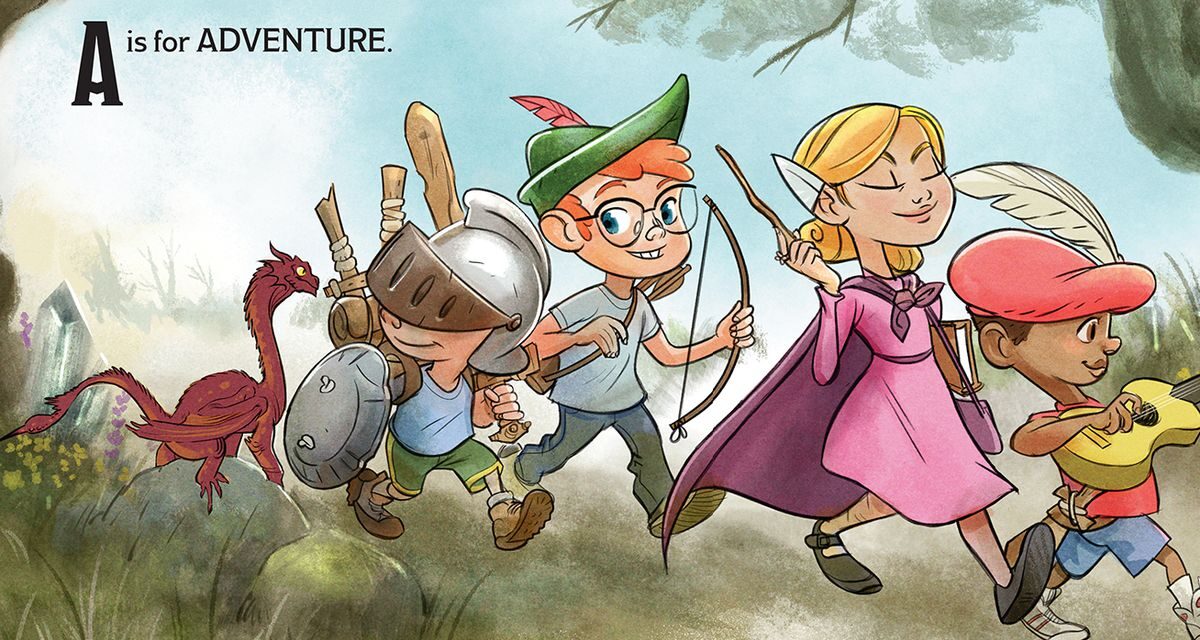
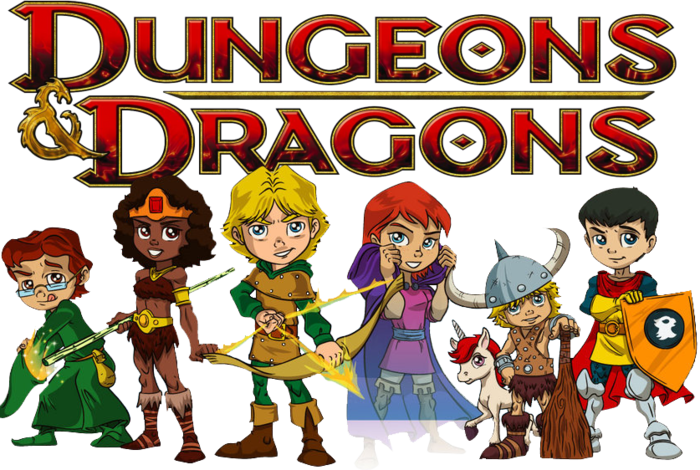
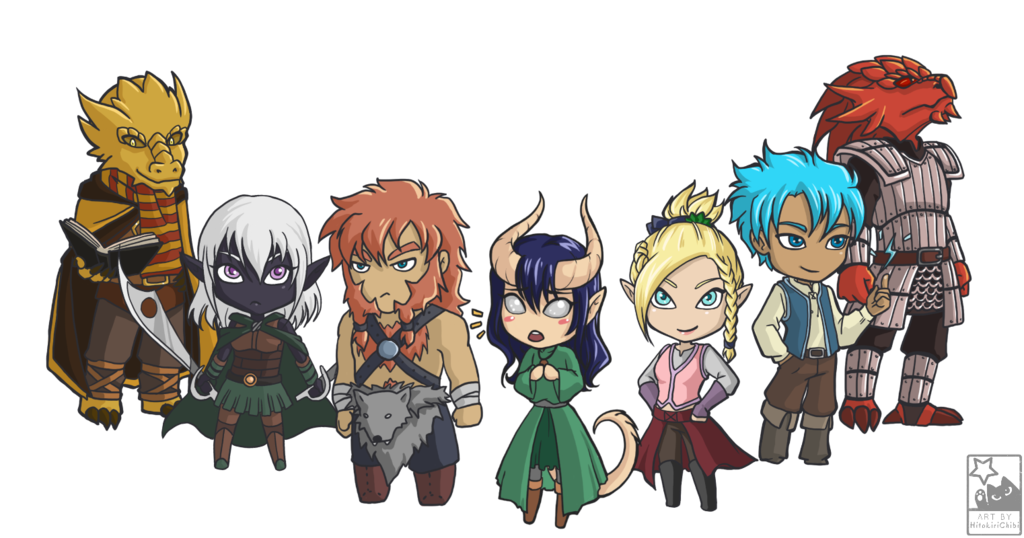
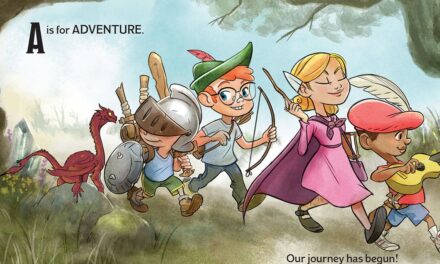
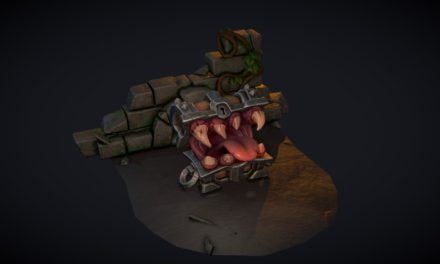



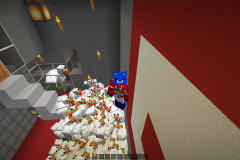
Trackbacks/Pingbacks